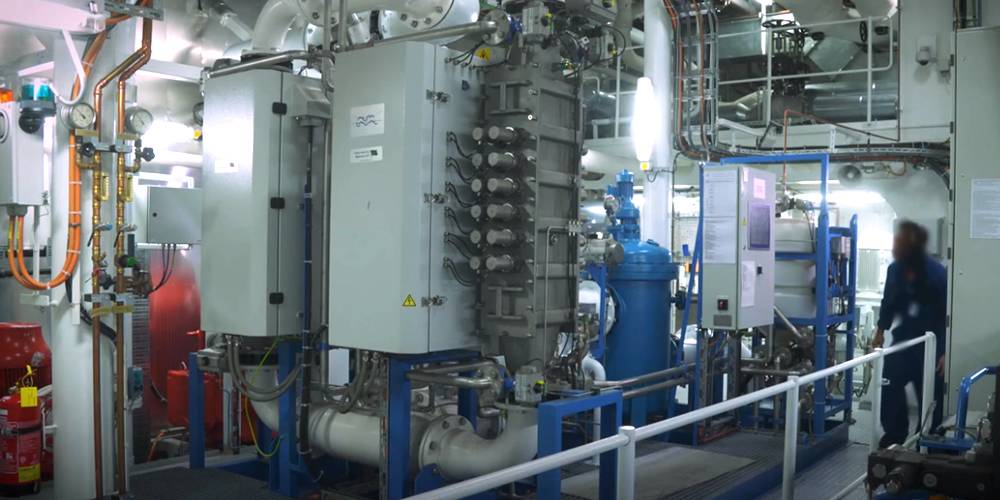
Ballast water treatment process

The discharge of untreated ship ballast water will cause pollution to the environment while harmful aquatic organisms from the ballast water may pose a threat to human health. The risk of introducing harmful aquatic organisms, pathogens and associated sediments from ship's ballast water should be minimized. Therefore, the International Maritime Organization (IMO) formulated the International Convention for the Control and Management of Ship's Ballast Water and Sediments in 2004. The filtered ballast water shall conform to IMO standards.
All ships adopting ballast water exchange shall comply with the following requirements:
Methods of ballast water exchange
IMO approved ballast water treatment system
The treatment process of ballast water management system (BWMS) mainly consists of three procedures: filtration, disinfection and neutralization.
Filter Unit
Ballast water is filtered through an automatic backwash filter with a 50 μm screen to remove marine organism larger than 50 μm and send them back to the local water. When particles and organics block the filter, the device detects an increase in the pressure difference and blows them off automatically.
Filter elements (fixed or removable) and filter discs can effectively remove suspended solids from ballast water by performing automatic backwashing, therefore, they are widely used in ballast water filtration. They are very environmentally friendly as they do not use toxic chemicals in ballast water. Screen filtration is effective for removing larger suspended solids. However, it is less effective in removing small particles and organisms.
Disinfection System
Seawater electro-chlorination disinfection equipment and UV disinfection devices are employed for the disinfection system.
Seawater Electro-Chlorination Disinfection
A small amount of filtered seawater flows into the electrolysis device to produce high concentrated sodium hypochlorite solution. The solution will be then injected into the main ballast pipe line after degas treatment. The sodium hypochlorite solution will be mixed with the seawater in the main ballast tube to a certain designed concentration that can kill marine organisms in the water, including spores, lava and pathogens, to meet the disinfection standard (D-2 standard and others). The concentration of the mixed solution in the main pipeline is monitored and controlled by the TRO unit and the main control unit of the system.
Ultraviolet Disinfection Units
It is equipped with high-density, medium-pressure ultraviolet (MPUV) lamps that can destroy the reproductive cells of living organisms in ballast water, thereby preventing the organisms from reproducing and colonizing. Each UV lamp is located in a quartz sleeve with watertight seals to avoid direct contact with water. The UV chamber is equipped with a UV intensity sensor to ensure that the required UV dose can be applied regardless of the operating conditions.
Neutralization Unit
When the TRO concentration of the ballast water to be discharged is lower than the value specified by IMO, the neutralization unit will not work and discharge ballast water outboard directly. When the TRO concentration of the ballast water to be discharged is higher than the value specified by IMO, the neutralization unit will start automatically and inject neutralizers to eliminate and neutralize the residual TRO. The while process of neutralization is automatically controlled by the neutralization unit.